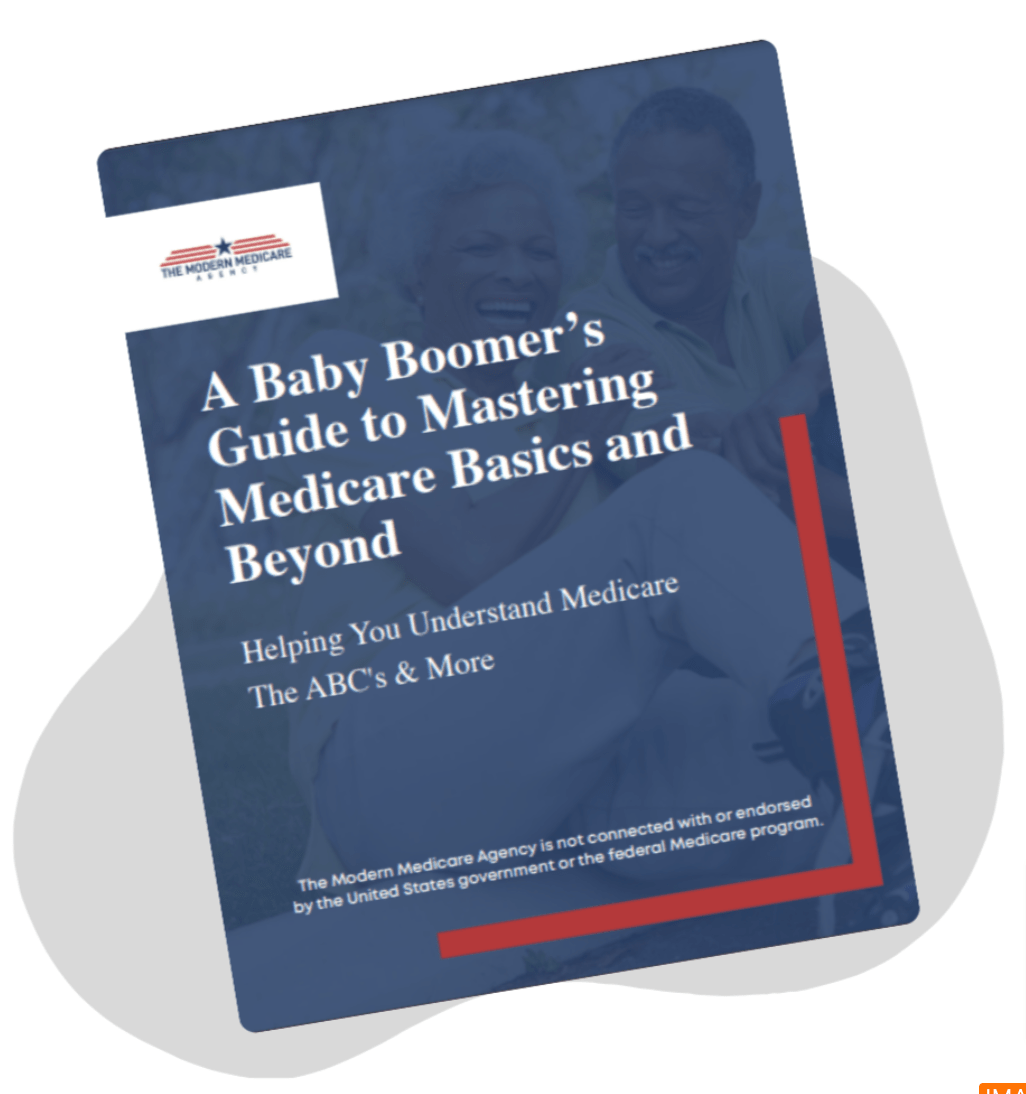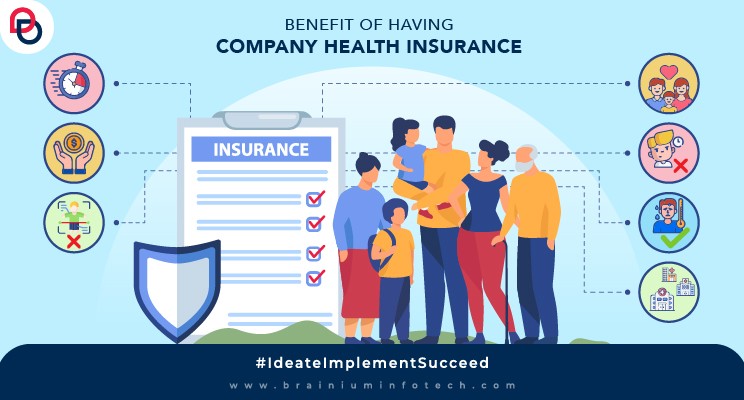Medicare Advantage Agent Fundamentals Explained
Medicare Advantage Agent Fundamentals Explained
Blog Article
Medicare Advantage Agent Can Be Fun For Anyone
Table of ContentsGetting The Medicare Advantage Agent To WorkExamine This Report about Medicare Advantage AgentSee This Report about Medicare Advantage Agent


follows from adheres to the relatively young age profile of account uninsured with without insurance better health, health and wellness average, standard younger personsMore youthful For those without accessibility to workplace health and wellness insurance, poor wellness is a possible barrier to acquiring nongroup insurance coverage because such protection may be highly valued, exclude preexisting problems, or be merely not available. Unless otherwise noted, nationwide price quotes of individuals without health insurance and percentages of the population with different kinds of protection are based on the CPS, the most commonly made use of source of quotes of insurance coverage and uninsurance prices.

The 30-Second Trick For Medicare Advantage Agent
Over a three-year period beginning early in 1993, 72 million individuals, 29 percent of the united state populace, lacked coverage for at the very least one month. Within a single year(1994), 53 million individuals experienced a minimum of a month without coverage(Bennefield, 1998a). 6 out of every 10 without insurance adults are themselves utilized. Although functioning does enhance the likelihood that and one's member of the family will have insurance, it is not an assurance. Also participants of family members with 2 permanent wage income earners have practically a one-in-ten chance of being without insurance (9.1 percent without insurance price)(Hoffman and Pohl, 2000 ). The relationship between medical insurance and access to care is well developed, as documented later in this chapter. The relationship between health and wellness insurance policy and health outcomes is neither direct neither easy, an extensive professional and health solutions research literary works links wellness insurance policy coverage
to improved access to care, better much betterHigh quality and improved boosted and population health wellnessCondition As an example, the 2nd report, on personal health and wellness results for uninsured adults, is stood for by the inner circle of the number, while the third record, on family well-being, incorporates the topics of the second report but stresses a different system of evaluation, namely, the family members. The 6th report in the collection will offer details about approaches and efforts embarked on locally, statewide, or across the country to resolve the lack of insurance and its adverse influences. Levels of evaluation for analyzing the effects of uninsurance. This discussion of medical insurance protection focuses mainly on the united state populace under age 65 due to the fact that basically all Americans 65 and older have Medicare or other public protection.
It focuses particularly on those without any kind of health and wellness insurance policy for any type of length of time. The problems encountered by the underinsured are in some aspects comparable to those faced by the uninsured, although they are generally less severe. Uninsurance and underinsurance, nonetheless, include distinctly different policy concerns, and the techniques for resolving them might vary. Throughout this research and the 5 records to adhere to, the major emphasis is on persons without wellness insurance policy and therefore no support in spending for healthcare past what is readily available via charity and safeguard organizations. Wellness try these out insurance is an effective aspect affecting receipt of treatment since both individuals and physicians react to the out-of-pocket rate of solutions. Medical insurance, nonetheless, is neither needed nor adequate to get to clinical solutions. The independent and straight effect of health
insurance coverage protection access to health wellness is well established. Others will certainly get the healthcare they need even without wellness insurance policy, by paying for it expense or seeking it from providers who use care cost-free or at highly subsidized prices. For still others, health and wellness insurance alone does not ensure invoice of treatment due to other nonfinancial barriers, such as an absence of healthcare service providers in their community, minimal access to transport, illiteracy, or linguistic and social distinctions. Formal research study concerning without insurance populaces in the United States dates to the late 1920s and very early 1930s when the Board on the Cost of Treatment produced a collection of records about financing doctor office sees and hospital stays. This issue became salient as the varieties of medically indigent climbed up throughout the Great Clinical depression. Empirical researches constantly sustain the link in between accessibility to care and boosted health and wellness results(Bindman et al., 1995; Starfield, 1995 ). Having a normal resource of treatment can be thought about a predictor of accessibility, rather than a straight step of it, when health results are themselves find out this here used as access signs. This expansion of the idea of accessibility measurement was made by the IOM Board on Monitoring Accessibility to Personal Wellness Treatment Provider(Millman, 1993, p. Whether or not moms and dads are guaranteed appears to influence whether or not their kids receive treatment along with just how much careeven if the children themselves have insurance coverage(Hanson, 1998). The health of moms and dads can affect their capability to care for their children and the degree of family anxiety. Fretting about their youngsters's access to care is itself a source of stress and anxiety for parents. Three phases follow in this record. Chapter 2 supplies a review of exactly how employment-based medical insurance, public programs and individual insurance plan operate and connect to supply extensive however insufficient coverage of the united state population. This includes an evaluation of historic patterns and public laws affecting both public and personal insurance policy, a discussion of the interactions among the various kinds of insurance, and an assessment of why individuals relocate from one program to an additional or wind up

Report this page